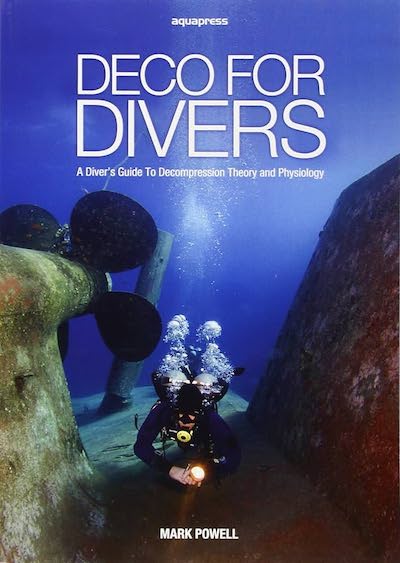What is a safety stop in scuba diving?

Sarah from Azul Unlimited doing the hand signal
During a safety stop, you hover neutrally buoyant at the set depth and monitor your time and depth with your dive computer or timer. The goal is to slow the rate of pressure change on your body, giving dissolved gases time to leave your bloodstream more gradually. It’s a simple way to reduce the likelihood of decompression sickness and help your body adjust after the dive.

Recreational Decompression
Every dive involves decompression, as the body absorbs nitrogen and then releases it upon ascent. A no-deco dive means no obligation.

Safety Stops
A safety stop is more than pausing at 15 feet; it is about control and awareness. Learn to hold depth, manage time, and stay with your buddy for a safe ascent.